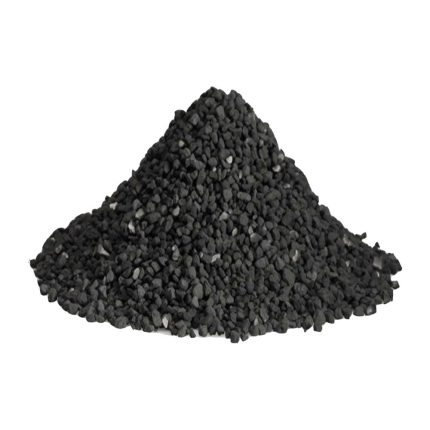In the electrolysis process of metals, graphite electrode is used as a cathode (negative surface). It is also used as an anode (positive surface) in processes such as chlorine and sodium hydroxide production in dry-cell units.
Graphite electrode is very useful for many electrochemical industries due to its magnetic properties, high resistance against heat and chemicals, and high efficiency in metal electrolysis processes.
Graphite electrode is essentially made of graphite, which is a form of carbon allotrope. Due to its specific physical and chemical properties such as high heat resistance, high resistance against acids and bases, high chemical stability, and high electrical conductivity, it is used in various industries.
In the process of metal electrolysis, graphite electrode is used as a cathode. In this process, electric current passes through an electrolyte and separates the melted metals from their chemical compounds. Due to its stability and high resistance against heat and chemicals, graphite electrode is commonly used as a cathodic electrode in this process.
Furthermore, graphite electrode is used in other processes as well. For example, in the production of chlorine gas and sodium hydroxide in dry cells, graphite electrode is used as an anode. In this process, chlorine and sodium hydroxide are produced simultaneously and using graphite electrode as an anode enables their separation.
In summary, graphite electrode is used in various industries such as metal, electrochemical, chemical, etc. due to its specific physical and chemical properties.



